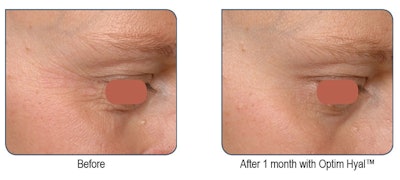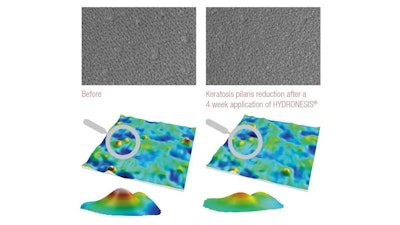
Discover how to translate sustainability, safety and ethics into innovation and leading marketing assets with Sederma
Inspired by traditional Korean food and the increasing demand for healthier food, fermented drinks using the beneficial effects of microorganisms have become very popular and a lot of Kombucha bars are currently opening in Europe. The use of fermented drinks is not that new, the oldest and best-known fermentation process being the conversion of sugar to alcohol by yeasts to produce beer! But today, microorganism bio-fermented products are at the heart of the demand for healthy and eco-conscious products that is leading all the industries, including the cosmetic market.
So let’s talk about microorganism culture, also called blue (marine microorganisms) or white (other microorganisms) biotechnology. The term biotechnology refers to the techniques that enable the use of living organisms to produce molecules of interest. Microorganisms are a concentration of life presented in unicellular organisms: bacteria, yeasts and microalgae; and also pluricellular organisms like fungi. It means that they are organisms invisible to the naked eye, that can survive independently, feed and multiply.
Biotechnology is a smart and ultra-clean process to produce molecules of interest for the cosmetic industry.
Sederma is a world leader in microorganism culture for cosmetic active ingredient production, with 30 years of experience. We launched our first active ingredient issued from microorganism culture in 1988! And we now have a range of products issued from blue and white biotechnologies that can answer almost all the consumer’s needs!
Radiance:
Issued from Kombucha-fermented black tea, KOMBUCHKA PHTM has an antiglycation activity that helps to restore a fresh and youthful complexion. Furthermore, it enhances skin smoothness, radiance and colour while reducing skin roughness. KOMBUCHKAPHTM can be considered as a plant-based probiotic active.
Energizing:
CHRONODYN™ is a biotechnological extract of a unicellular pseudo-algae, which is a source of cell vitality and energy adapted to the circadian rhythm. CHRONODYN™triggers the cell metabolism enhancing the skin tone and firmness. Furthermore, acting as a chronobiological cell energizer, CHRONODYN™ fights against the signs of fatigue supplying skin cells with the required energy.
Wrinkle filler:
Answering the consumer demand for faithful and “better” ageing, OPTIM HYALTMstimulates the neosynthesis of the skin`s own hyaluronic acid and helps to deliver optimal moisturising and viscoelastic properties by sustaining its turnover. Furthermore, OPTIM HYALTM increases the synthesis of elastin and smoothes the skin`s microrelief by reducing fine lines and wrinkles.

Body beautifier:
HYDRONESIS® is a obtained from biofermentation of a microorganism specific to the pink salt lake in the Alicante region in Spain. This salt lake is commonly known as a natural spa with similar health benefits and beauty properties as the Dead sea. HYDRONESIS® empowers the natural processes of skin renewal to smooth the skin microrelief and reduce the transepidermal water loss in order to erase disgraceful keratosis pilaris (chicken skin) and post-waxing redness, making the skin incredibly soft and attractive.

All these natural products feature sustainable, safety and ethic assets. To discover all of them and Be ACTIVEly Committed with Sederma visit our website or contact your sales representative.
Disclaimer:
The above paid-for content was produced by and posted on behalf of the Sponsor. Content provided is generated solely by the Sponsor or its affiliates, and it is the Sponsor’s responsibility for the accuracy, completeness and validity of all information included. Global Cosmetic Industry takes steps to ensure that you will not confuse sponsored content with content produced by Global Cosmetic Industry and governed by its editorial policy.










